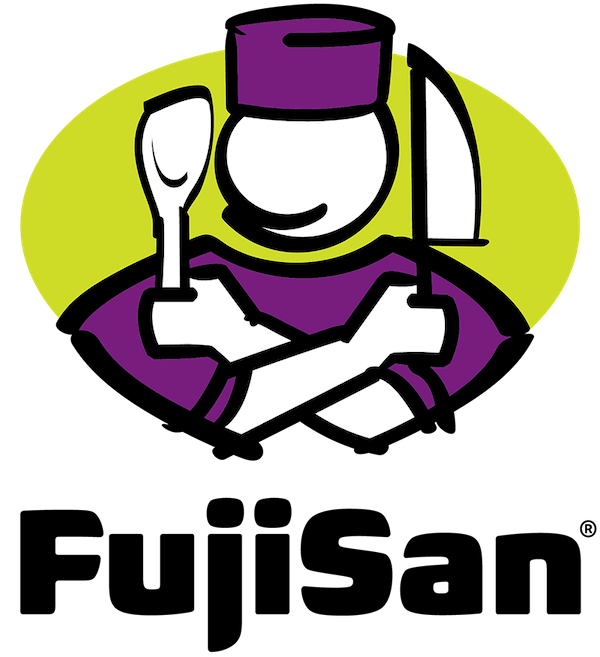Celiac vs. Gluten-Free
Celiac disease is an autoimmune disorder where the ingestion of gluten leads to damage in the small intestine. Most research estimates that only a small percentage of the population has celiac disease. Globally, about one in 100 people are affected, and another two and a half million are reported undiagnosed. For America, only 1% of the population is estimated to have celiac disease. However, nearly 20% say they actively avoid gluten. Why avoid warm, freshly baked bread, pasta, dumplings, and some of the best food for more expensive, often niche foods if the former is not going to kill you?
The answer, like most food trends, is health.
The more people worried about the effects gluten could have on the body, the more suspicious people became of it, leading to worldwide panic that has changed the face of dietary restrictions in the modern age. People were limiting their food not out of necessity or sound data, but a trend. While going gluten-free can make many non-celiacs feel better, it is commonly acknowledged that more factors are usually at play when people cut out gluten. Gluten is usually incorporated into heavy foods that make us feel fuller, more bloated, and put extra calories into our meals. When that’s cut out, it’s not necessarily the lack of gluten that’s causing us to feel better, but most likely the reduction in calories, the added vegetables that are often used to replace gluten, or the awareness of eating healthier. Gluten may not be the enemy, but still, eating too much gluten or filler foods may be getting closer to the target.
Becoming Gluten-Free
All in all, there are a few things you should keep in mind when deciding if you’re going to take on this diet as a non-celiac. Firstly, the expense and availability. Often, gluten substitutes will increase the price of your weekly grocery bill. Choices are often limited and can sometimes cost upwards of double the price of gluten products. Restaurants may put a charge on substitutes, such as a gluten-free hamburger bun. For those deciding to go gluten-free but don’t want the added cost, substitutes should be avoided when allowed. For example, go for a lettuce wrap instead of a gluten-free bun. You’ll reduce your intake of gluten and it’ll be cheaper than a replacement.
Secondly, being gluten-free can be easier than you think. While many foods we all know and love have gluten in them, many of them don’t. Proteins, such as chicken and seafood, are gluten-free and can be flavorful and filling without needing to bread and fry it. There is an abundance of recipes for baked goods where you can avoid using glutenous products such as flour. The community of gluten-free people is at its height — from gluten-free bloggers on Instagram to community meet-ups where people trade helpful tips and motivation. The point is that you will not want for ways to sustain your gluten-free lifestyle if you so choose. Now is a better time than any to be gluten-free.
Going gluten-free may not be for everyone. And if you are not counseled by your doctor to do so for medical reasons, going gluten-free is not a necessity. The important thing to do is what feels right for you, and if following a gluten-free or gluten-limited diet does that, then go for it!

